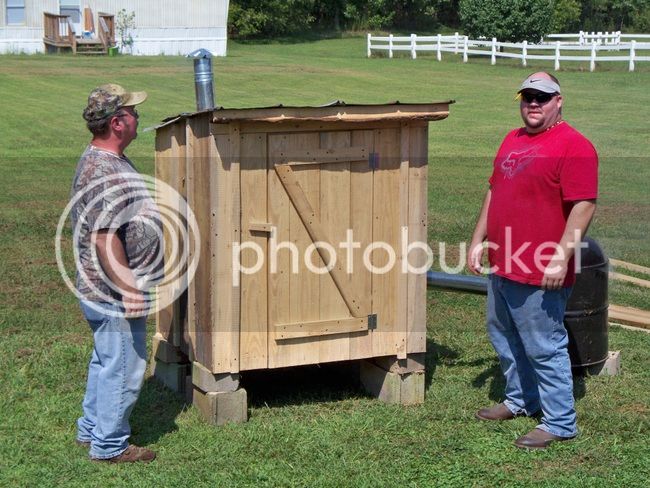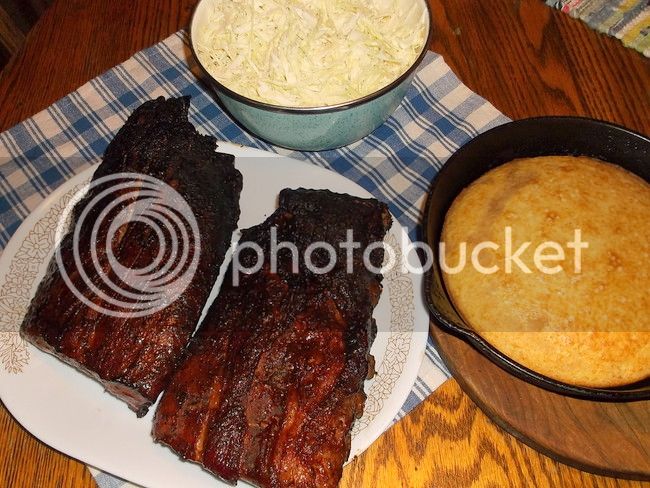According to the chef that I know who makes cold smoked, dry cured bacon..., the basic idea is a chamber to hold the meat to concentrate the smoke and give it time to take effect, while at the same time drying the meat. I think the advice against the canvas was simply that the smoke should flow through the chamber, passing around all sides of the meat, and muslin will allow the smoke to escape, but you could always have some sort of vent at the top of your canvas..., and you also need to keep the temp down when you cold smoke.
So you should be able to make some sort of canvas chamber, that you can suspend away from Fido's reach, and pass smoke through it from the bottom and out a restricted vent in the top, to allow the smoke to slowly pass over the meat...
My chef buddy doesn't like using damp wood. He says the smoke is carried along by the heated air, and will carry moisture with it too..., which is what he's trying to get rid of by dry curing his bacon.
He regulates the temp by using a long tube (he uses a foil clothes dryer tube) between the fire/smoke source and the meat chamber. When he hot smokes he simply uses a commercial "smoker" but that cooks the meat while also smoking it.
LD







